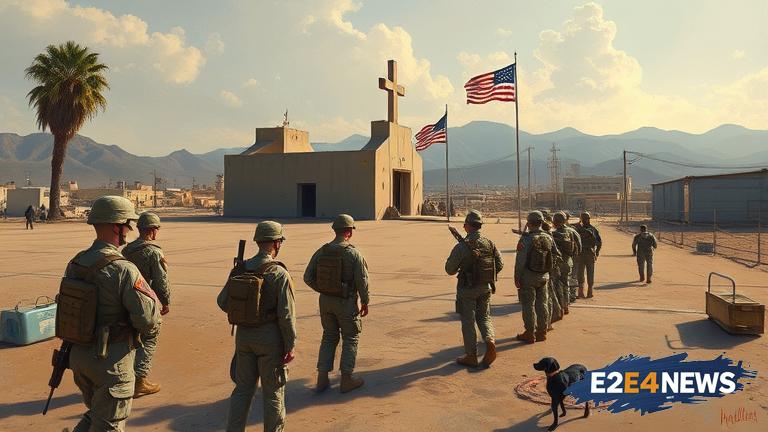The National Guard’s mission in Los Angeles has come to an end, with the Pentagon confirming the withdrawal of 2000 Guardsmen from the city. The troops were deployed to Los Angeles in response to civil unrest and protests that erupted in the wake of the death of George Floyd. The Guardsmen were tasked with supporting local law enforcement and maintaining order in the city. During their deployment, the National Guard worked closely with the Los Angeles Police Department to ensure public safety and prevent further violence. The withdrawal of the National Guard marks a significant shift in the city’s response to the protests, with local authorities now taking the lead in maintaining order. The decision to withdraw the National Guard was made after consultations between the Pentagon and local officials, who determined that the situation in Los Angeles had stabilized. The withdrawal is seen as a positive step towards returning the city to a sense of normalcy. However, some critics have raised concerns about the potential for further unrest and the ability of local law enforcement to maintain order without the support of the National Guard. The National Guard’s deployment to Los Angeles was part of a larger response to civil unrest across the United States, with troops also being deployed to other cities such as Washington D.C. and Minneapolis. The deployment was met with controversy, with some arguing that it was an overreach of federal authority and an attempt to suppress the rights of protesters. Despite the controversy, the National Guard played a crucial role in maintaining order and preventing further violence in Los Angeles. The withdrawal of the National Guard is also seen as a testament to the ability of local authorities to maintain order and respond to emergencies. The city of Los Angeles has implemented a number of measures to prevent further unrest, including increasing the presence of police officers and implementing curfews. The National Guard’s mission in Los Angeles was also marked by a number of challenges, including the need to balance the need to maintain order with the need to respect the rights of protesters. The Guardsmen were trained to respond to a range of scenarios, from peaceful protests to violent riots. The withdrawal of the National Guard is a significant development in the city’s response to the protests, and it remains to be seen how the city will continue to respond to the ongoing crisis. The National Guard’s deployment to Los Angeles was a complex and multifaceted operation, involving the coordination of multiple agencies and the deployment of significant resources. The withdrawal of the National Guard marks the end of a significant chapter in the city’s response to the protests, and it is likely to have a lasting impact on the city’s approach to maintaining order and responding to emergencies.
